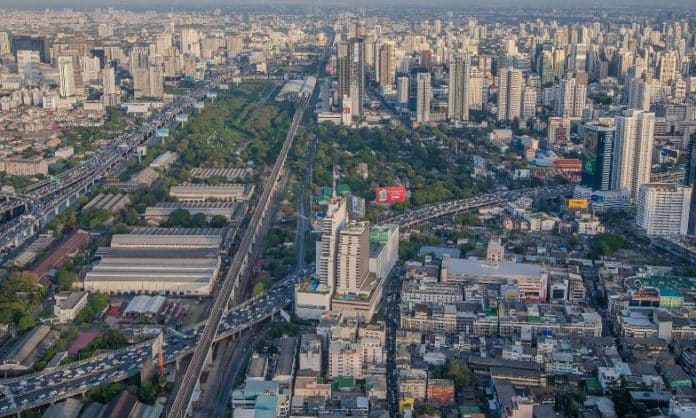Due to their dense concentrations of people and infrastructure, cities are on the frontline and highly susceptible to escalating damages from climate change. While cities house the majority of the global population and contribute to 80% of the Gross Domestic Product (GDP), they continuously grapple with issues like rural-urban migration, social exclusion, rising sea levels, and the urban heat island effect.
Globally, the frequency and intensity of climate events, including heatwaves, tornadoes, droughts, floods, and windstorms, are increasing globally. The potential failure of critical infrastructure and disruptions to food and water supplies is extremely concerning. Projections suggest that by 2050, flooding, drought, and coastal erosion will incur nearly 200 billion dollars in annual costs to cities, putting 800 million people across 570 cities at risk from rising seas.
The effects of climate change differ significantly across countries, regions, and over time, and are influenced by a mix of natural and human factors. However, many are unaware that short-term events often have a profound, immediate impact on women’s well-being.
While the ramifications of climate change are widespread, they aren’t evenly distributed. Vulnerability to climate change is amplified by disparities linked to gender, race, economic status, and other socio-economic factors.
The societal repercussions of such events are shaped by societal structures, organization, and location. Furthermore, these impacts are more pronounced in fragile urban regions, disproportionately affecting marginalized groups, including ethnic minorities, the displaced, and women.
Addressing climate change adaptation and fostering resilience in urban contexts require efforts at local, regional, national levels, spanning various timeframes.
Women’s Vulnerability to Climate Change
Women represent a significant portion of those living in poverty and play a vital role in food production. Yet, they face challenges from gender-based violence to unequal decision-making participation, making them especially susceptible to climate risks. Estimates indicate many of those displaced due to climate change are women, and their local knowledge positions them as community climate leaders.
In many communities, women are primary responders during natural disasters. They spearhead disaster risk reduction efforts and play a vital role in post-disaster recovery, attending to their families’ immediate needs and bolstering community ties.
To fortify climate resilience, women’s active participation is crucial. According to the United Nations, communities achieve more successful resilience strategies when women partake in planning. Engaging women in community planning and disaster response strengthens community resilience against climate change challenges.
In many societies, women manage household resources and care for family members. Climate change can exacerbate their responsibilities, leading to longer resource-procuring journeys and increased risks.
A prevailing lack of gendered climate change impact data hinders comprehensive gender integration in initiatives. Decision-makers must grasp the ways extreme climate events affect women to implement measures addressing their unique needs. Women’s involvement as key stakeholders in climate adaptation is imperative.
The UNFCCC (United Nations Framework Convention on Climate Change) widely recognises the gender dimension of climate change. For climate actions to truly address gender disparities, there’s a need for gender mainstreaming, which involves considering the unique situations of both men and women at every implementation stage.
Additional links:

